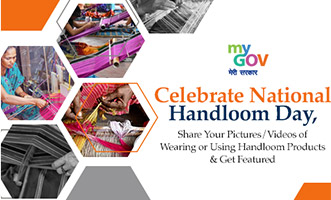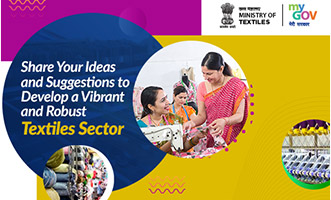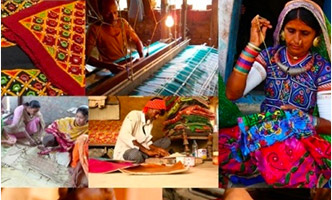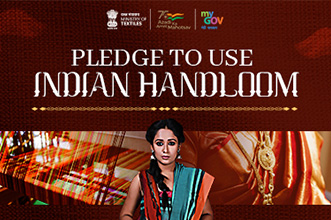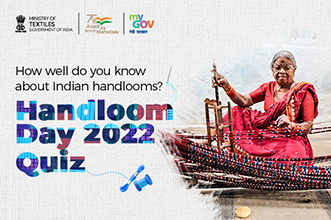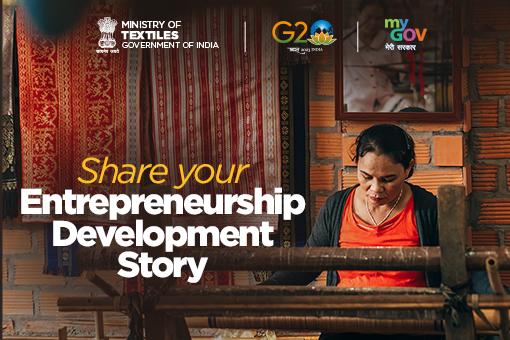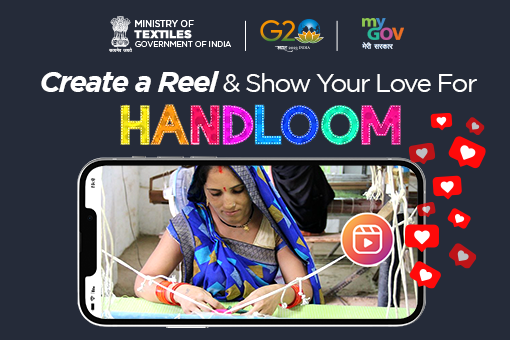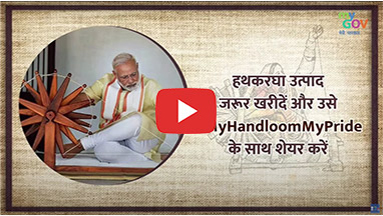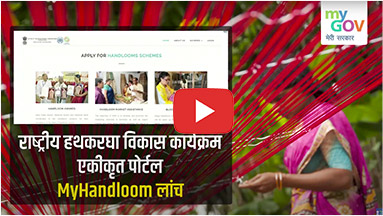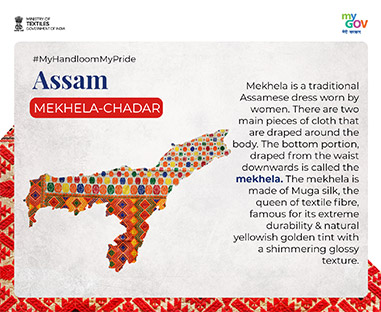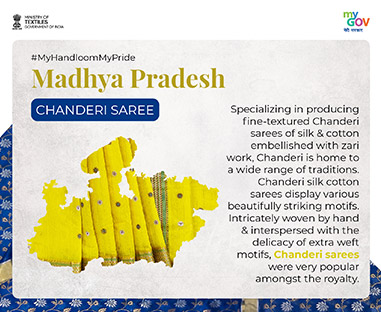National Handloom Day
INTRODUCTION
The handloom sector is a symbol of our country’s rich and varied cultural heritage, and is an important source of livelihood in rural and semi-rural parts of our country. It is also a sector that directly addresses women’s empowerment with over 70% of all weavers and allied workers being female. Rooted in nature, it has eco-friendly production processes with minimal requirement of capital and power, and provides flexibility to innovate to meet changes in fashion trends and fast-changing customer preferences.
The Swadeshi Movement which was launched on 7th August, 1905 had encouraged indigenous industries and in particular handloom weavers. In 2015, the Government of India decided to designate the 7th August every year, as the National Handloom Day. The first National Handloom Day was inaugurated on 7 August 2015 by Prime Minister Narendra Modi in Chennai.
On this day, we honour our handloom-weaving community and highlight the contribution of this sector in the socio-economic development of our country. We reaffirm our resolve to protect our handloom heritage and to empower the handloom weavers and workers financially and instilling pride in their exquisite craftsmanship.
GET INVOLVED
Share Your Pictures/Videos of Wearing or Using Handloom Products and Get Featured
Share your ideas and suggestions to develop a vibrant and robust Textiles Sector
Major Interventions by Government of India
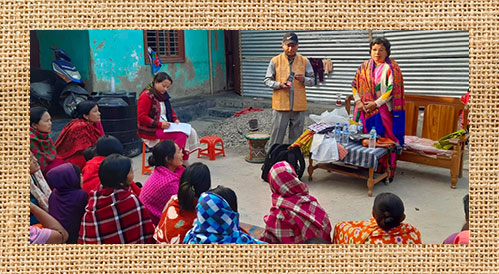
The block level cluster scheme aims at integrated and holistic development of identified handloom pockets through various interventions like skill up-gradation, Hathkharga Samvardhan Sahayata (HSS), construction of individual work sheds, design and product development, creation of Common Facility Centres, etc. with GoI assistance to the tune of Rs.2 crores per cluster.
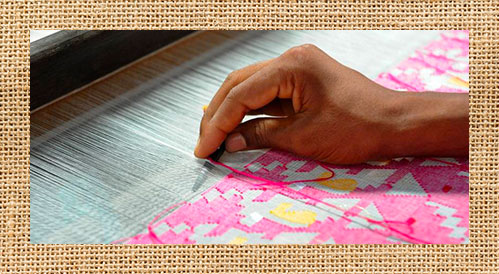
Training and exposure is given to weavers and allied workers for learning new weaving techniques, adaption of new technology, development of new designs and colours, learning about new types of eco- friendly dyes and dyeing practices, exposure to basic accounting and management practices, familiarisation with e-commerce, etc.
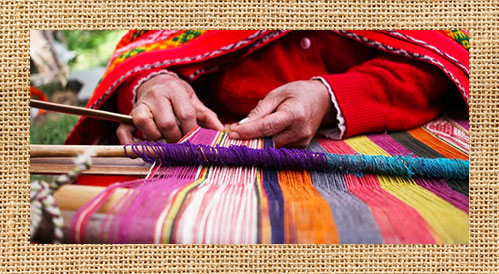
HSS aims to improve the fabric quality and improve productivity through adoption of upgraded looms/jacquard/dobby, etc. Under this scheme, 90% of the cost of looms and accessories is borne by Government of India but the implementation is done with the full involvement of respective State Governments.

The construction of individual work sheds envisages providing a working space for the entire weaver family close to their home. The unit cost for these sheds are Rs.1.2 lakhs and marginalised households and female weavers are eligible for 100% financial assistance.
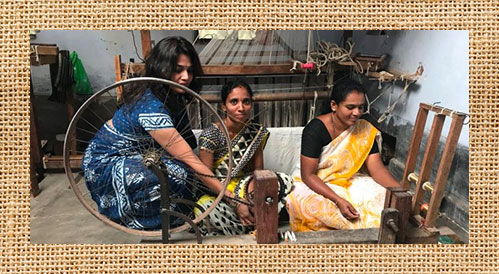
There is a provision for engaging professional designers in the block level clusters and beyond to design new innovative designs and products. The scheme not only pays for their fees, but further outlay is available for providing additional remuneration to designers for establishing marketing linkages.
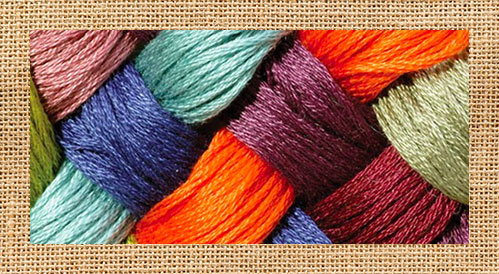
Under the scheme, freight charges are reimbursed for all type of yarns and component of 15% of yarn subsidy is there for cotton hank yarn, domestic silk, wool and linen yarn and blended yarn of natural fibers with quantity cap, so that handloom weavers may can compete with power-looms in pricing.
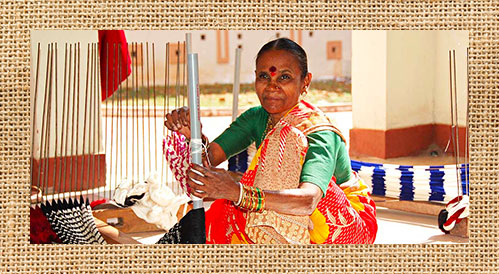
Under this scheme, subsidised loan at concessional interest rate at 6% is being provided through banks. To leverage these loans, margin money up to Rs.25,000 for individual beneficiaries and up to Rs. 20.00 lakh per organization is also provided. The Ministry also bears the credit guarantee fee to be paid to the banks to encouraging lending. The Online Handloom Weavers MUDRA portal has been developed for Direct Benefit Transfer of margin money to weavers’ accounts and interest subvention and credit guarantee fees to banks.
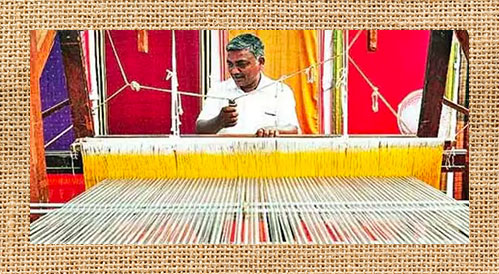
To empower weavers and to enable the youth from weaver families towards career progression, MoUs have been signed between Ministry of Textiles and National Institute of Open Schooling (NIOS) and Indira Gandhi National Open University (IGNOU)
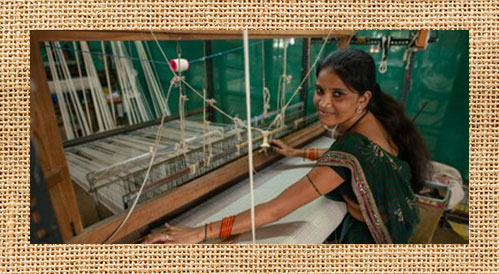
“’Bunkar Mitra” helpline for handloom weavers has been set up with a toll free number of 1800 208 9988 to provide single point of contact to handloom weavers across the country for addressing their professional queries.
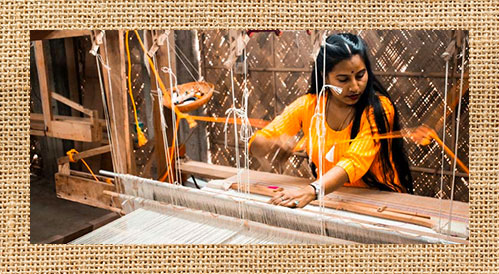
Under welfare measures, handloom weavers are covered under Pradhan Mantri Jeevan Jyoti Bima Yojana (PMJJBY), Pradhan Mantri Suraksha Bima Yojana (PMSBY), and converged Mahatma Gandhi Bunker Bima Yojana (MGBBY).
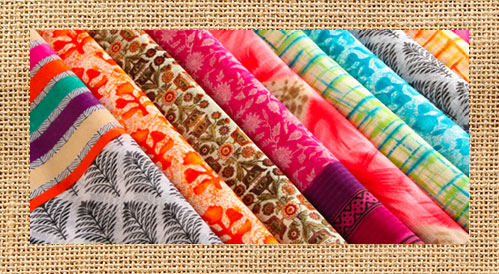
The India Handloom Brand (IHB) was launched in 2015 for branding high quality handloom products. IHB aims to provide a bridge between the weaver and the consumer, giving the former higher earnings and the later, an assurance of quality. All the products under the IHB are benchmarked for quality of the raw materials, the processing besides providing the origin from the handwoven sector.
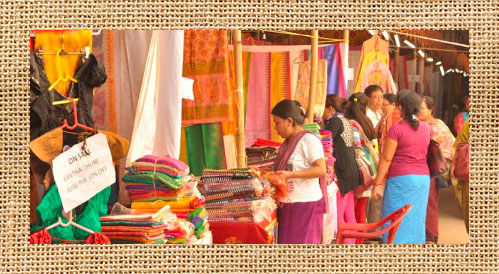
Expos and District level events are organised regularly to provide a marketing platform to the handloom weavers. Weavers are also facilitated to participate in various crafts melas held across the country. As a new initiative, 23 e-commerce companies have been engaged to promote e-marketing of handloom products.
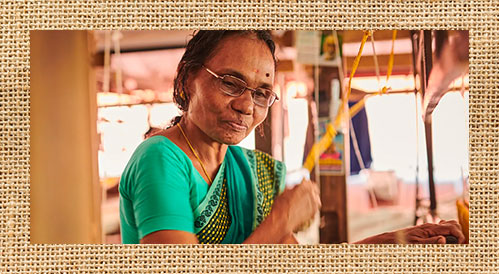
Ministry of Textiles has been annually conferring various awards like Sant Kabir Handloom Award and National Handloom Award towards for excellence in weaving, design development, and marketing efforts
To provide marketing facilities for direct selling of products to Govt. Departments, Weavers, Co-operative Societies and Handloom agencies are being facilitated by O/o DCHL and GeM authorities to register on Government e- Marketplace (GeM) in all states.
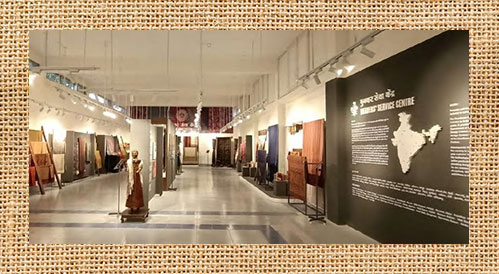
In order to build and create design oriented excellence in the Handloom Sector, 8 Design Resource Centres (DRCs) have been setup each in 8 Weavers Service Centres (WSCs) viz. Ahmedabad, Bhubaneswar, Delhi, Guwahati, Jaipur, Kancheepuram, Mumbai & Varanasi.
Govt. of India is supporting in formation of PCs across the country in the handloom sector as a thrust area with the objective to extend the benefits of various handloom schemes to the weavers/workers, in particular to those who are either working independently or in the fold of Self-Help Groups/Producer Groups.
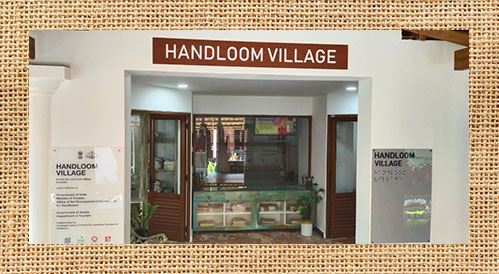
Ministry of Textiles has undertaken to develop Craft Villages in select Handloom and Handicraft pockets of the country on important tourist circuits for integrated sustainable development of Handlooms, crafts and tourism with the combined effort of both the State and the Central Governments to promote traditional handloom textiles for providing additional marketing channel to the weavers ofthat locality. Craft Handloom Villages are being set up at Kanihama (J&K), Mohpara (Assam), Sharan (Himachal Pradesh), Kovalam (Kerala) and Rampur (Bihar), Moirang (Manipur) and Pranpur, Chanderi (MP).
Videos
Podcasts 2022

MyGov Samvaad
शौकत अहमद हथकरघा कारीगर, श्रीनगर
mp3-2.6 MB

MyGov Samvaad
बालकृष्ण कापसी चेयरमैन, कापसी पैठणी उद्योग समूह. नासिक
mp3-2.62 MB

MyGov Samvaad
Siva Devireddy Founder, GoCoop
mp3-2.12 MB

MyGov Samvaad
Gajam Anjaiah Padma Shri Awardee (Art)
mp3-1.36 MB

MyGov Samvaad
Dr. Rajani Kant Director, Human Welfare Association
mp3-2.5 MB
Podcasts 2021
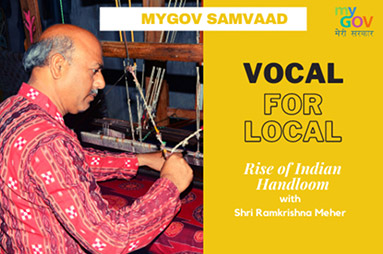
MyGov Samvaad
MyGov Samvaad: Episode 130
On This edition of MyGov Samvaad, we witness the rise of Indian handlooms with Shri Ramkrishna Meher from Odisha. We learn about the Sambalpuri design, ...
mp3-8.61 MB
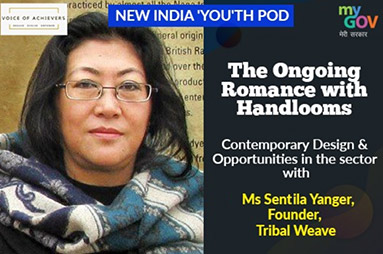
MyGov Samvaad
MyGov Samvaad: Episode 132
On the newest edition of New India 'You'th Pod, we head to North East to learn about the growing interest in Indian handlooms to interact with Ms. Senthila Yenger. ...
mp3-5.17 MB
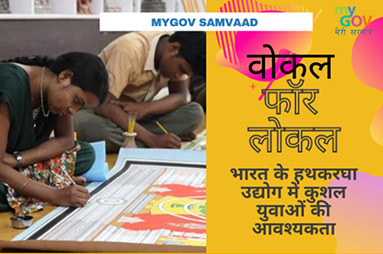
Podcasts
MyGov Samvaad: Episode 133
MyGov संवाद की इस श्रृंखला में जानिये हैंडलूम्स के पीछे की दुनिया के बारे में, और क्यों है ज़रूरी आज के युवाओ का हैंडलूम्स से जुड़ना
mp3-4.07 MB



